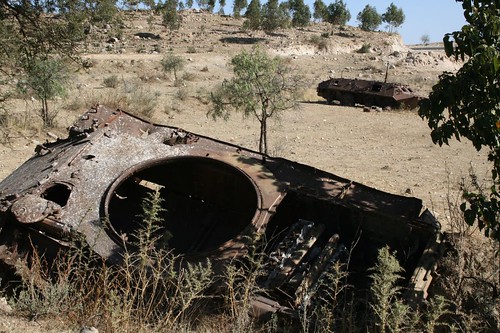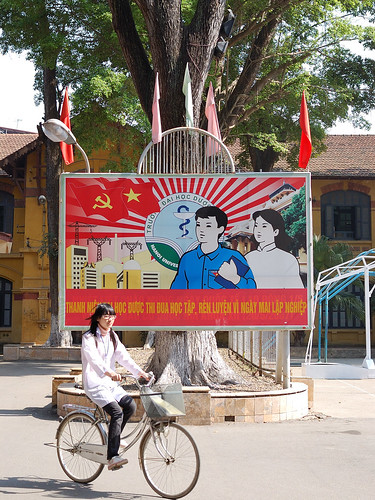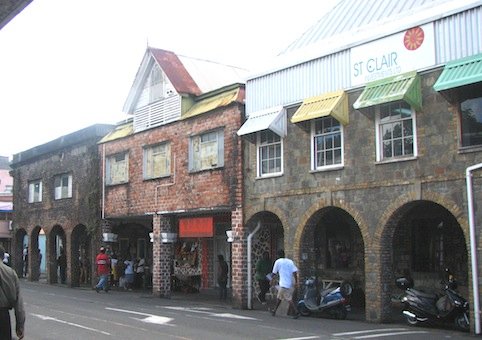I went along to Rude Britannia, the Tate’s exhibition of ‘British Comic Art’. Which was likeable enough, although much of the ground covered is pretty obvious: Hogarth, James Gillray, Thomas Rowlandson, Gerald Scarfe, Steve Bell, Spitting Image, Donald McGill, Viz. Bits of Punch, Aubrey Beardsley, Beryl Cook. There are also some pieces from the contemporary fine art world: the Chapman brothers, Sarah Lucas, Grayson Perry.

All of which is somewhat interesting and even sporadically amusing — although both 200-year-old social satire and wryly humorous conceptual art tend to be quiet-smile-funny rather than uncontrollable-belly-laughter-funny.
I suppose the suggestions is that there is some kind of overarching narrative about the British sense of humour or the British approach to art, but I’m not completely convinced. I guess if you were not British and were encountering all this material together for the first time, you would come away with a somewhat coherent overall impression: a kind of anarchic vulgarity which attempts to undermine anyone’s attempts at self-importance. Scatological humour and knob gags not just for their own sake but also because they are the enemy of dignity.
» Donald McGill, A Stick of Rock, Cock?
British Cartoon Archive, University of Kent
© Donald McGill Archive




